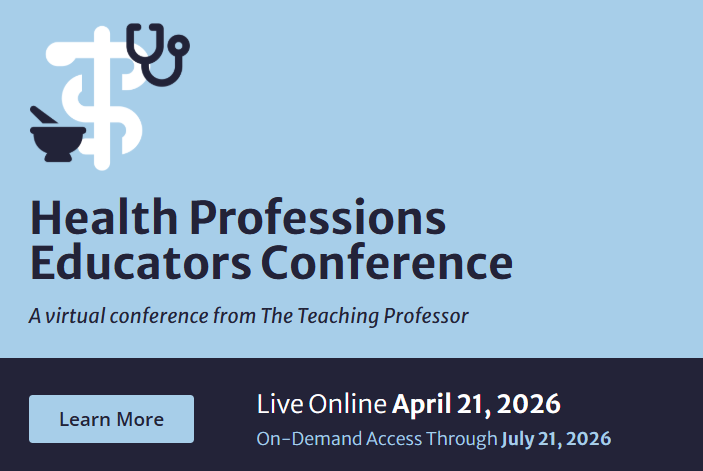Tips for Letting Your Personality Shine When Teaching Online
Do you have a fear of teaching an online course? Do you think that your personality will not shine through on the web? Has this stopped you from teaching online in the past? If you answered yes to one or all of these questions then you need to know that there is nothing to fear. Teaching online does not mean that you have to lose the personal touch with your students.



